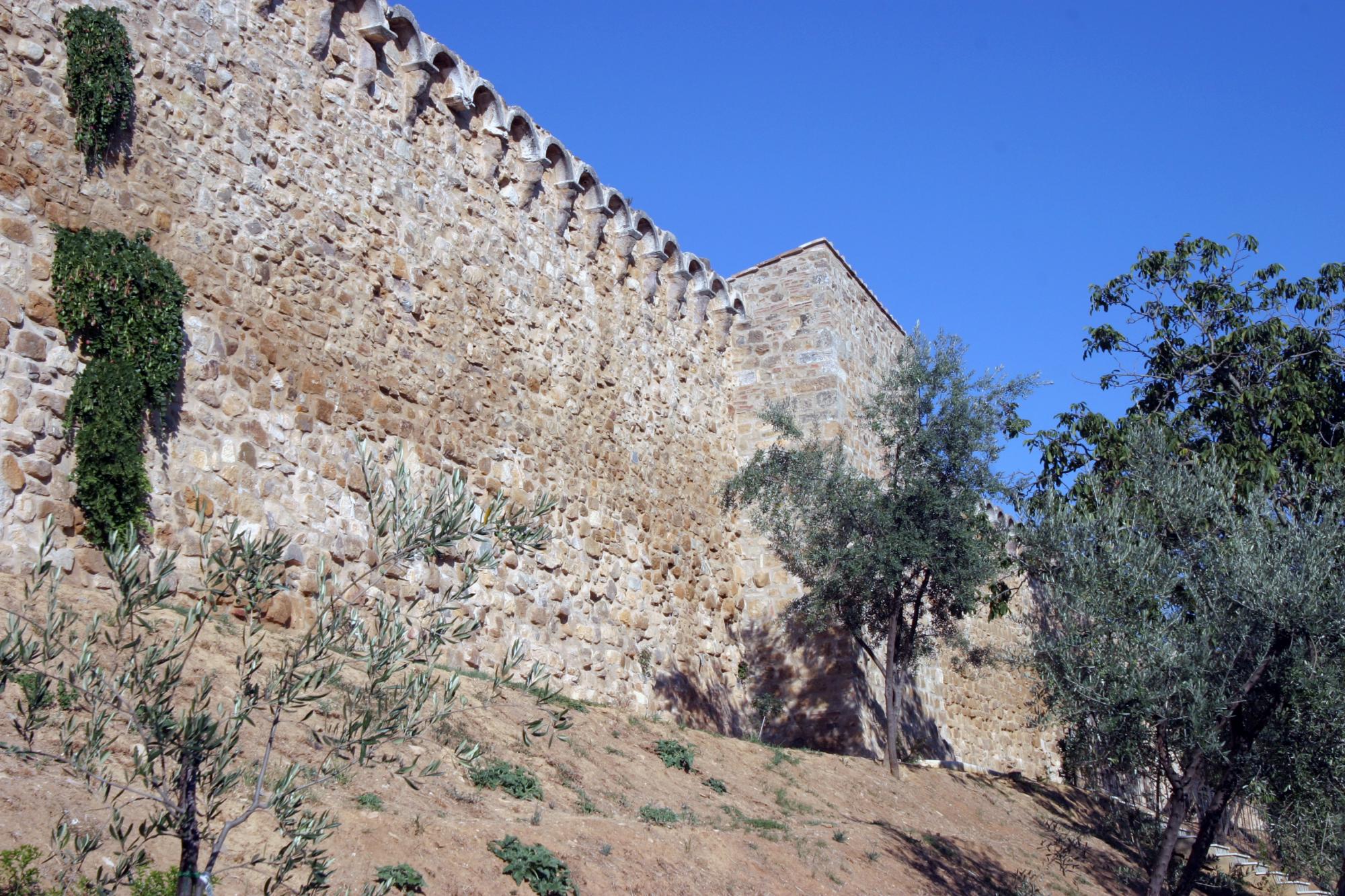
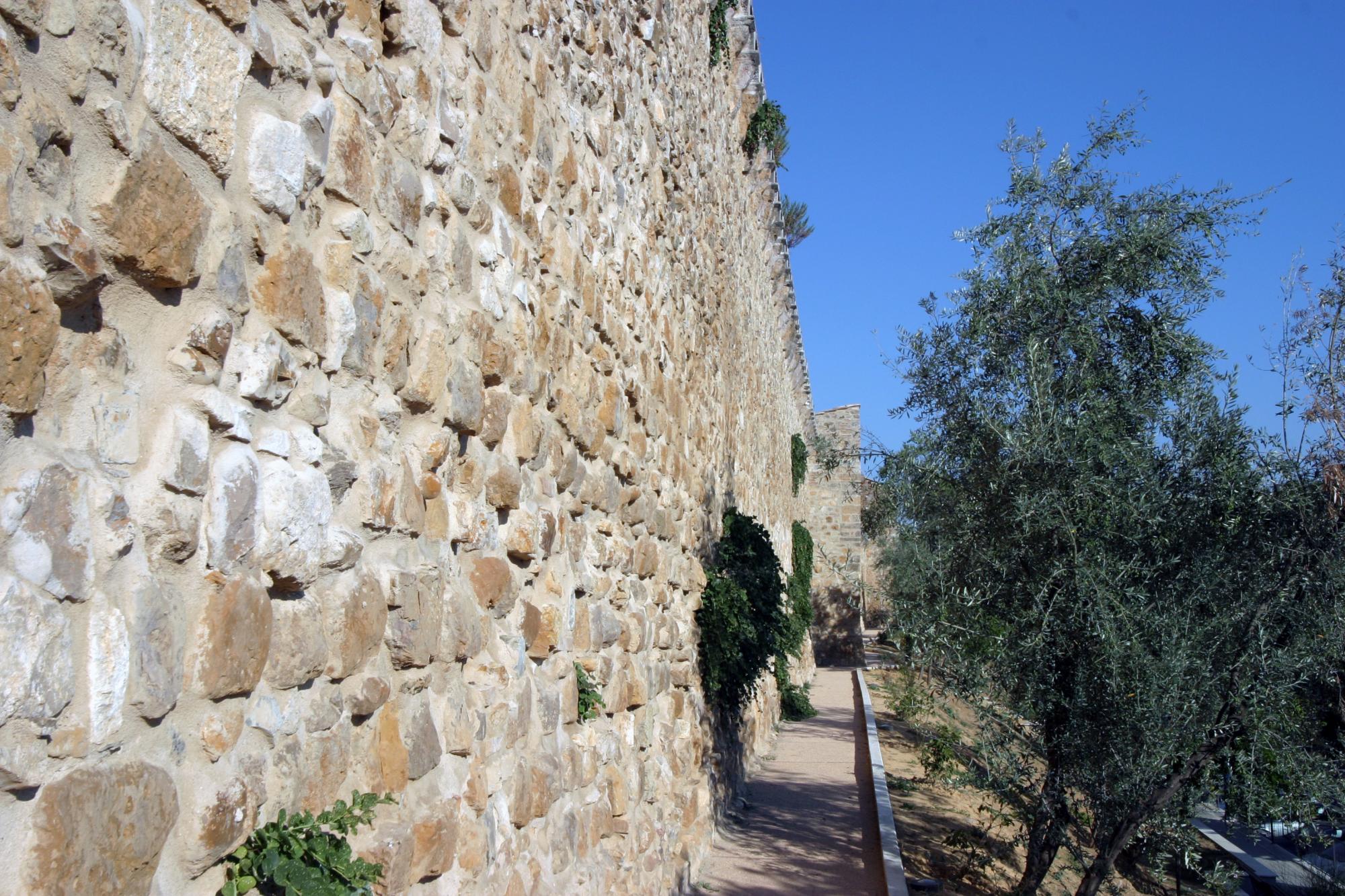
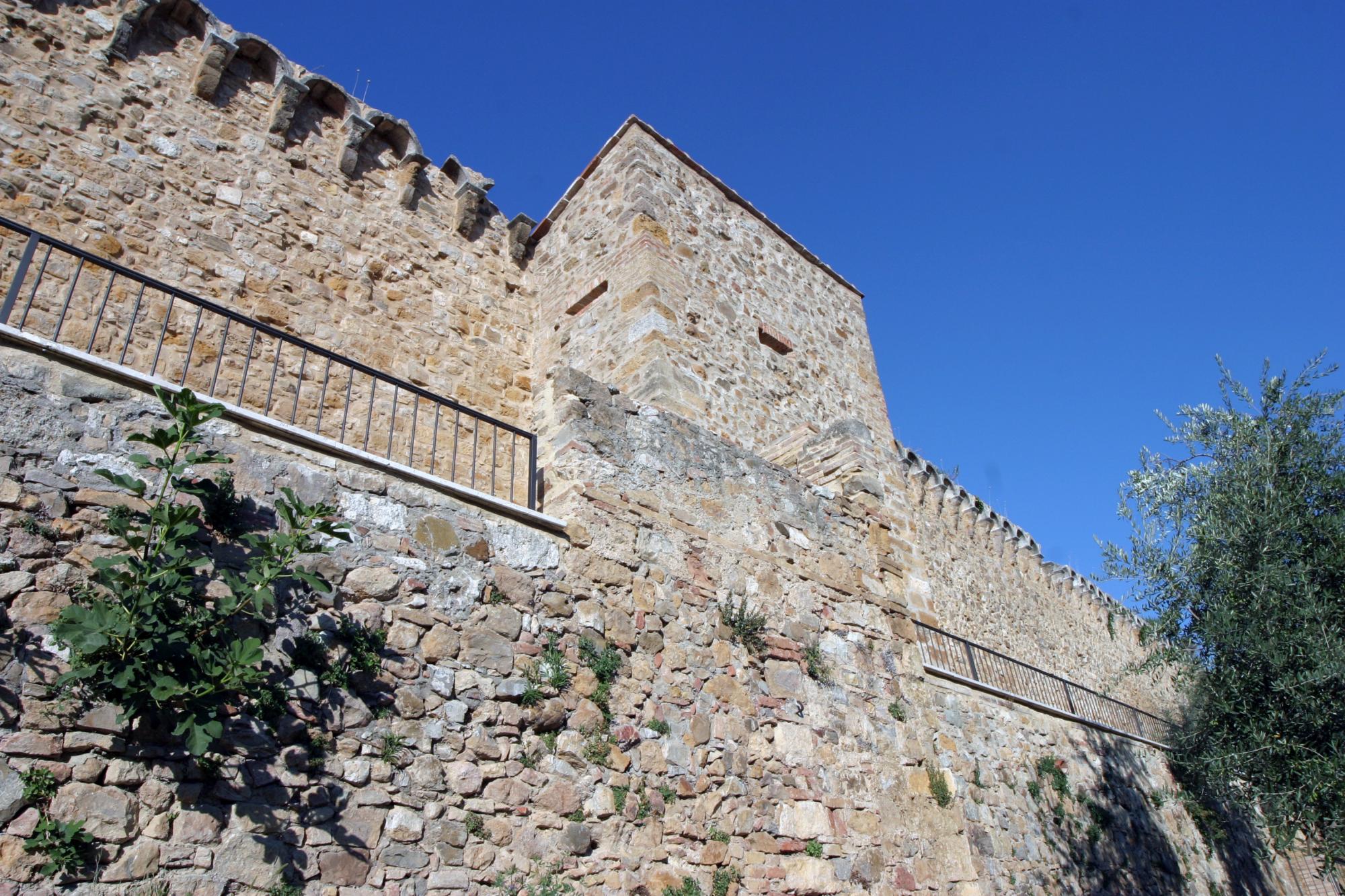
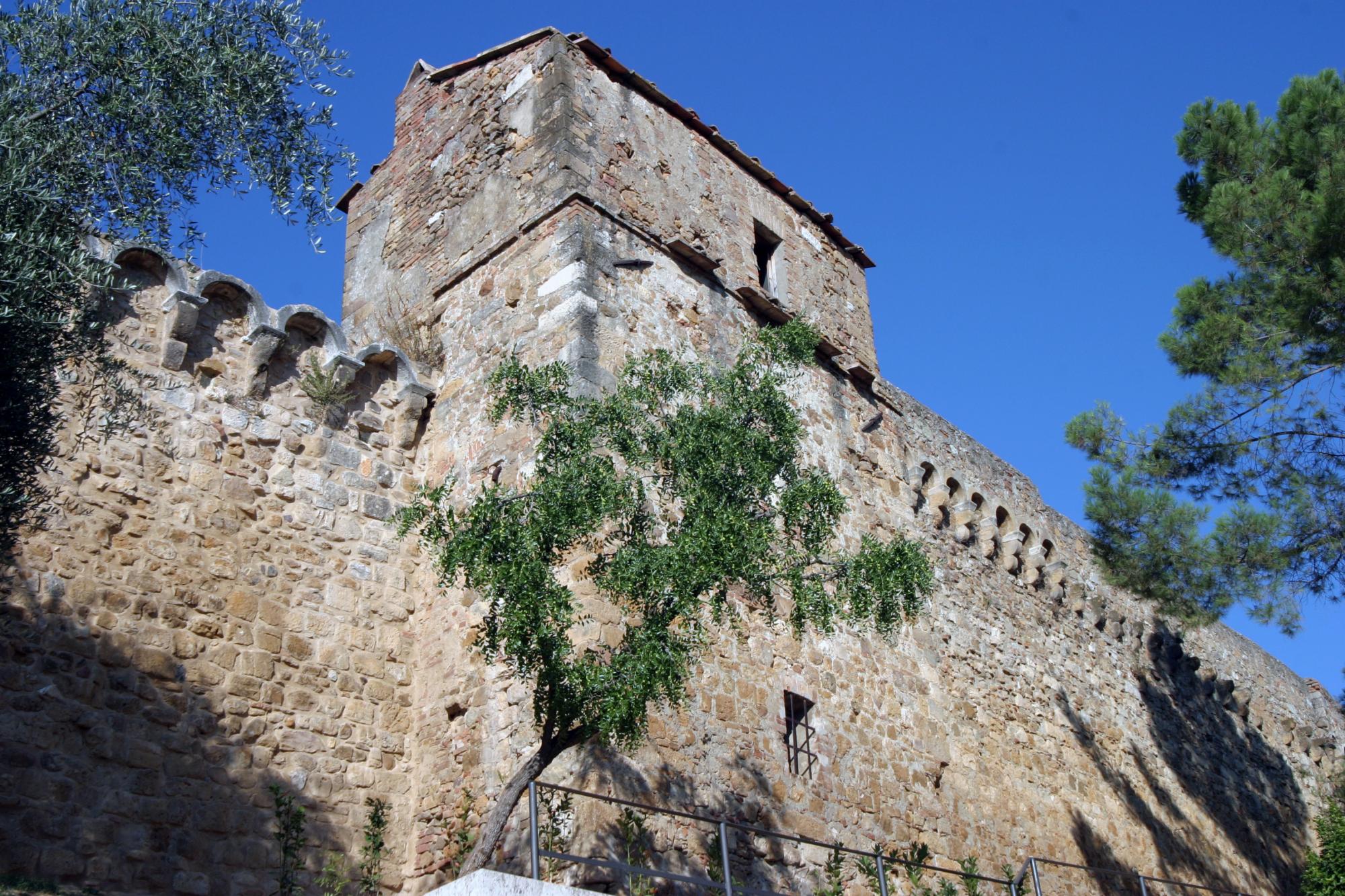
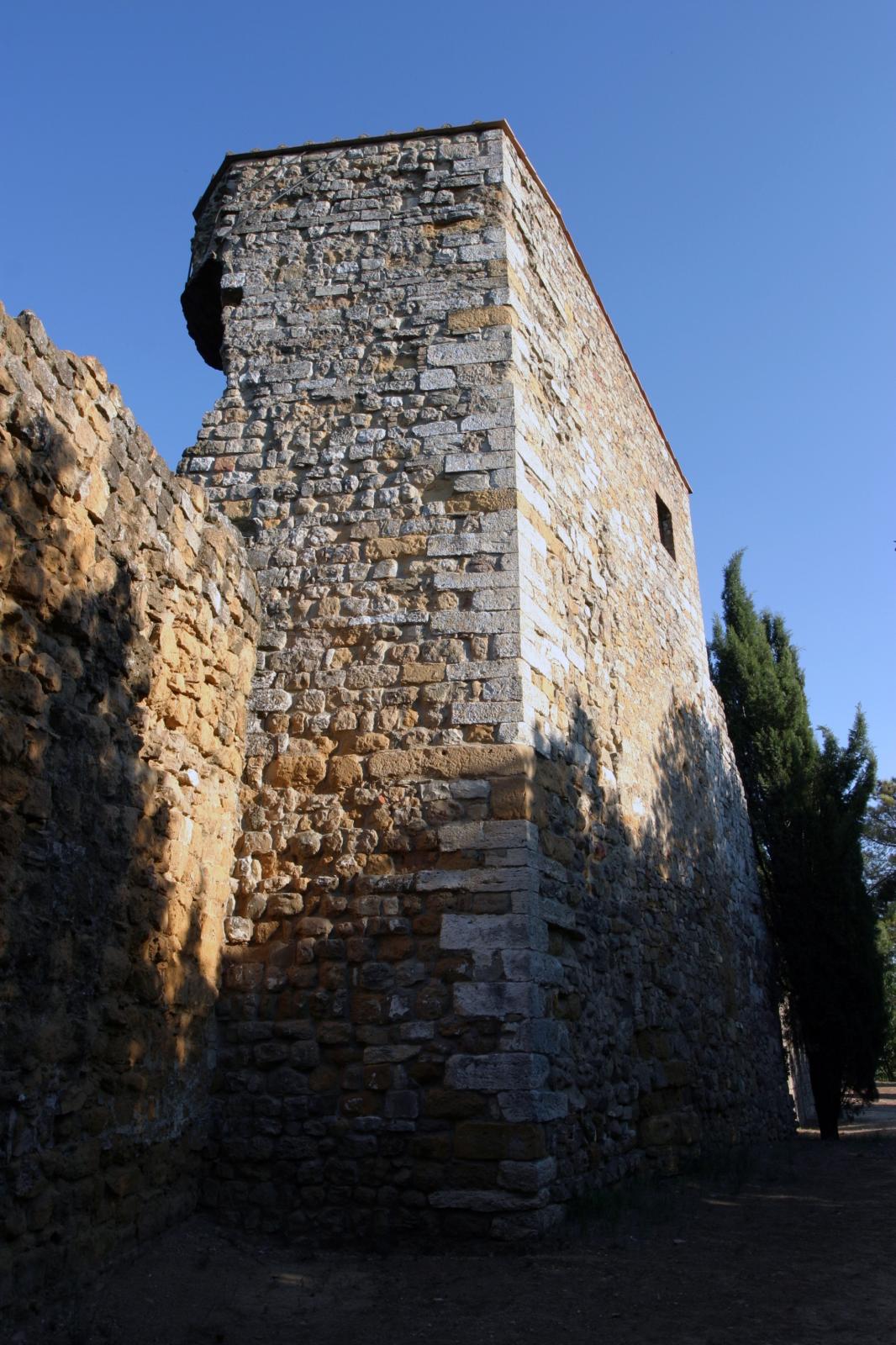
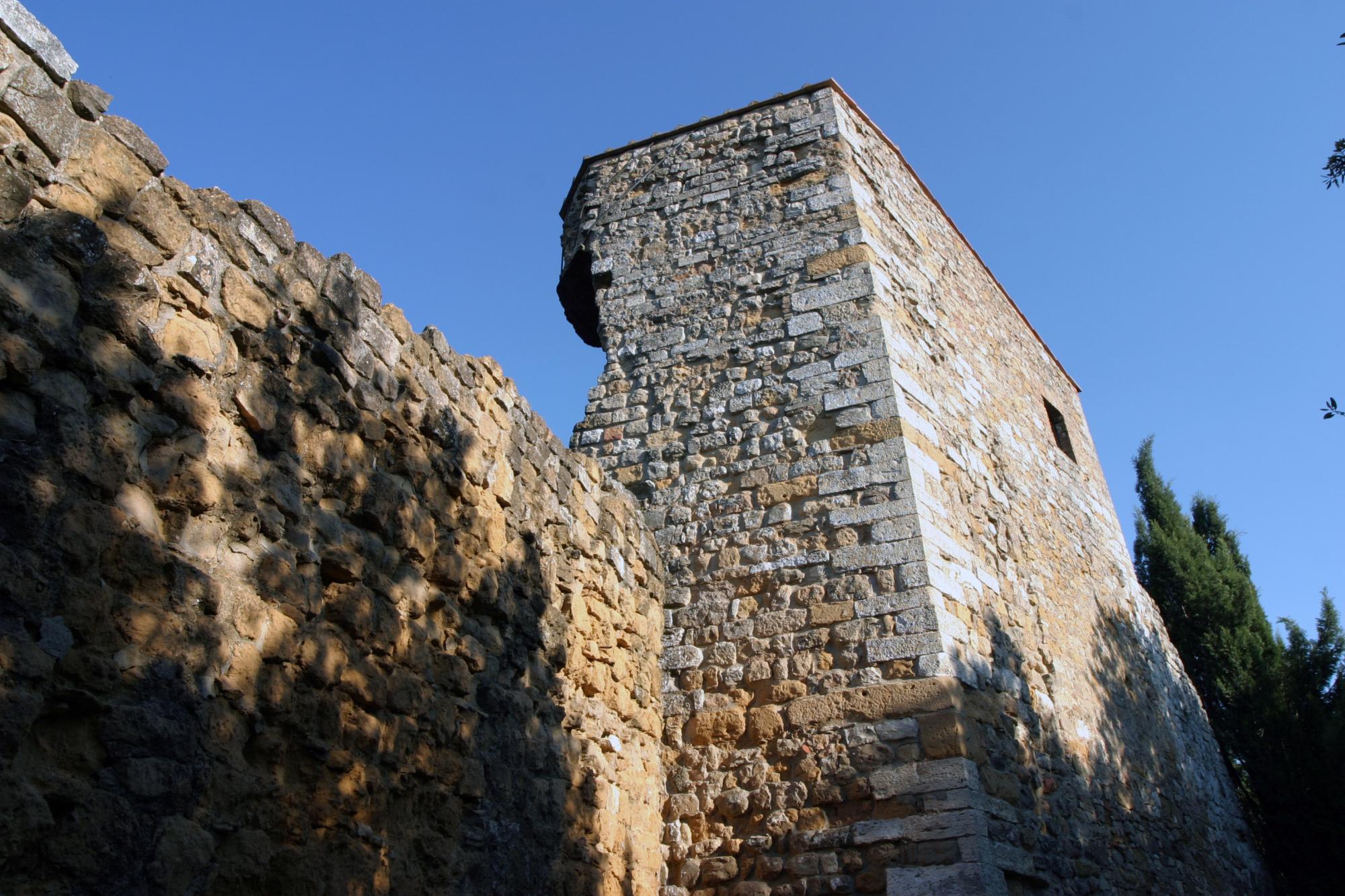
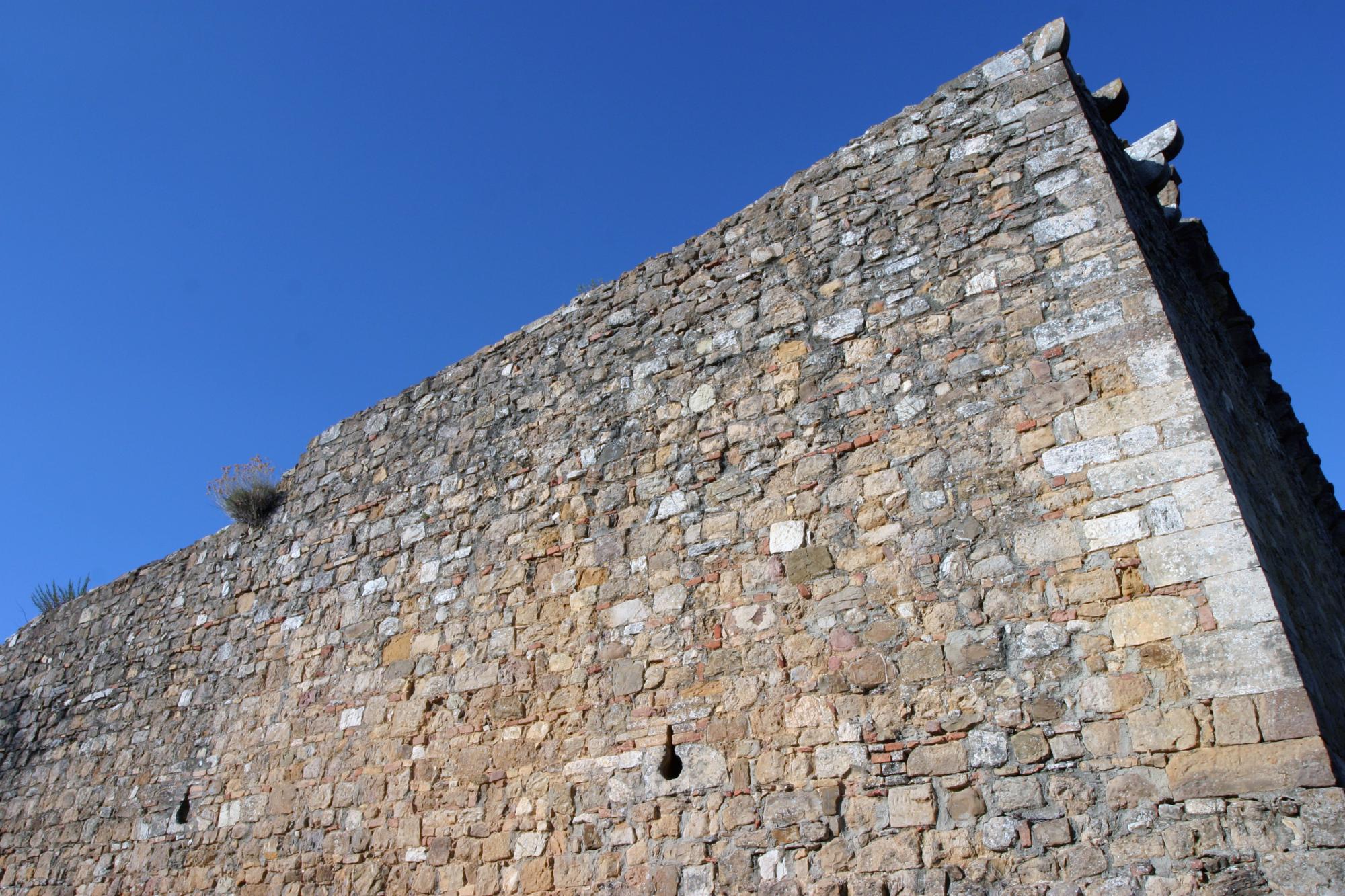
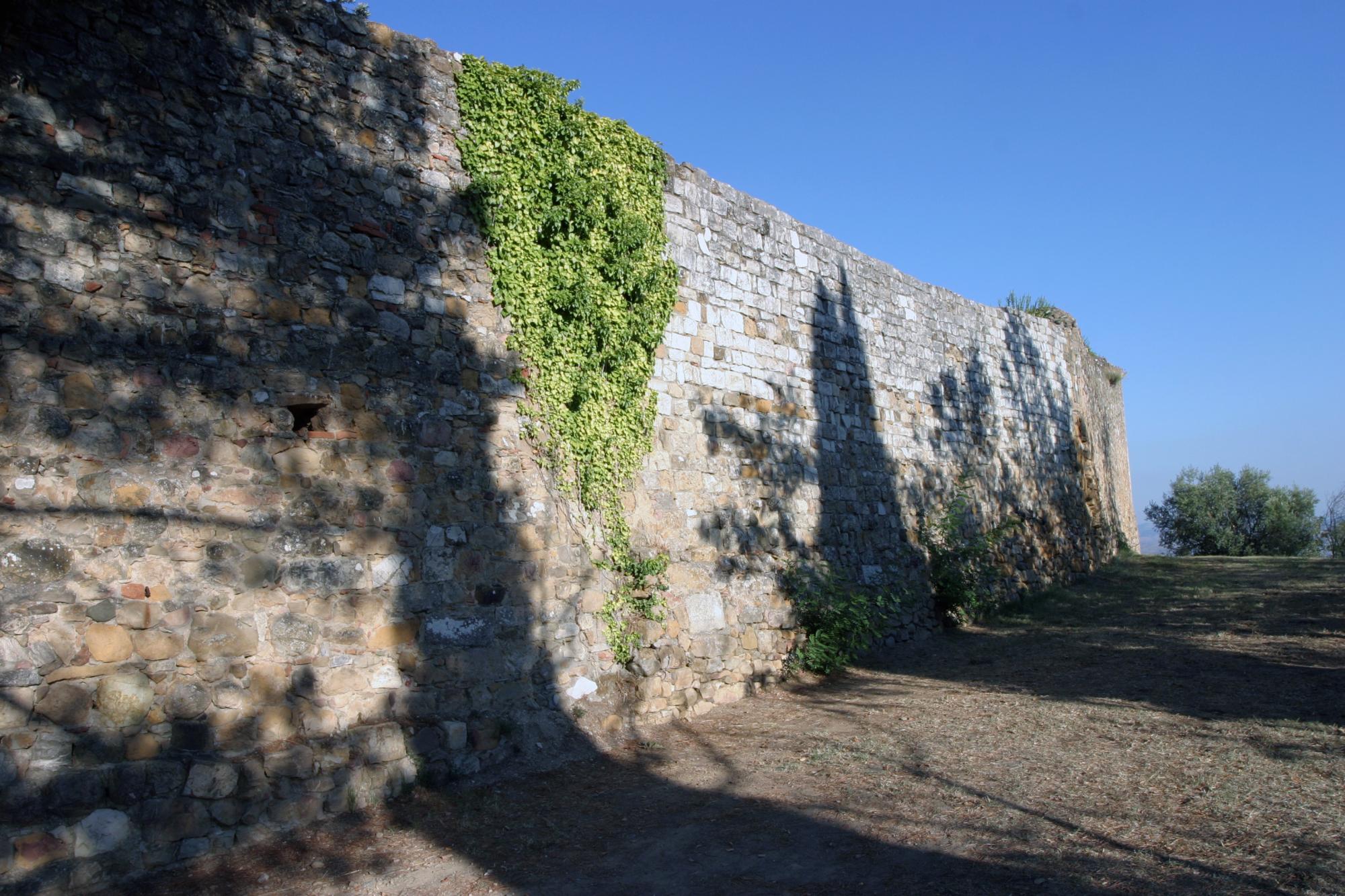
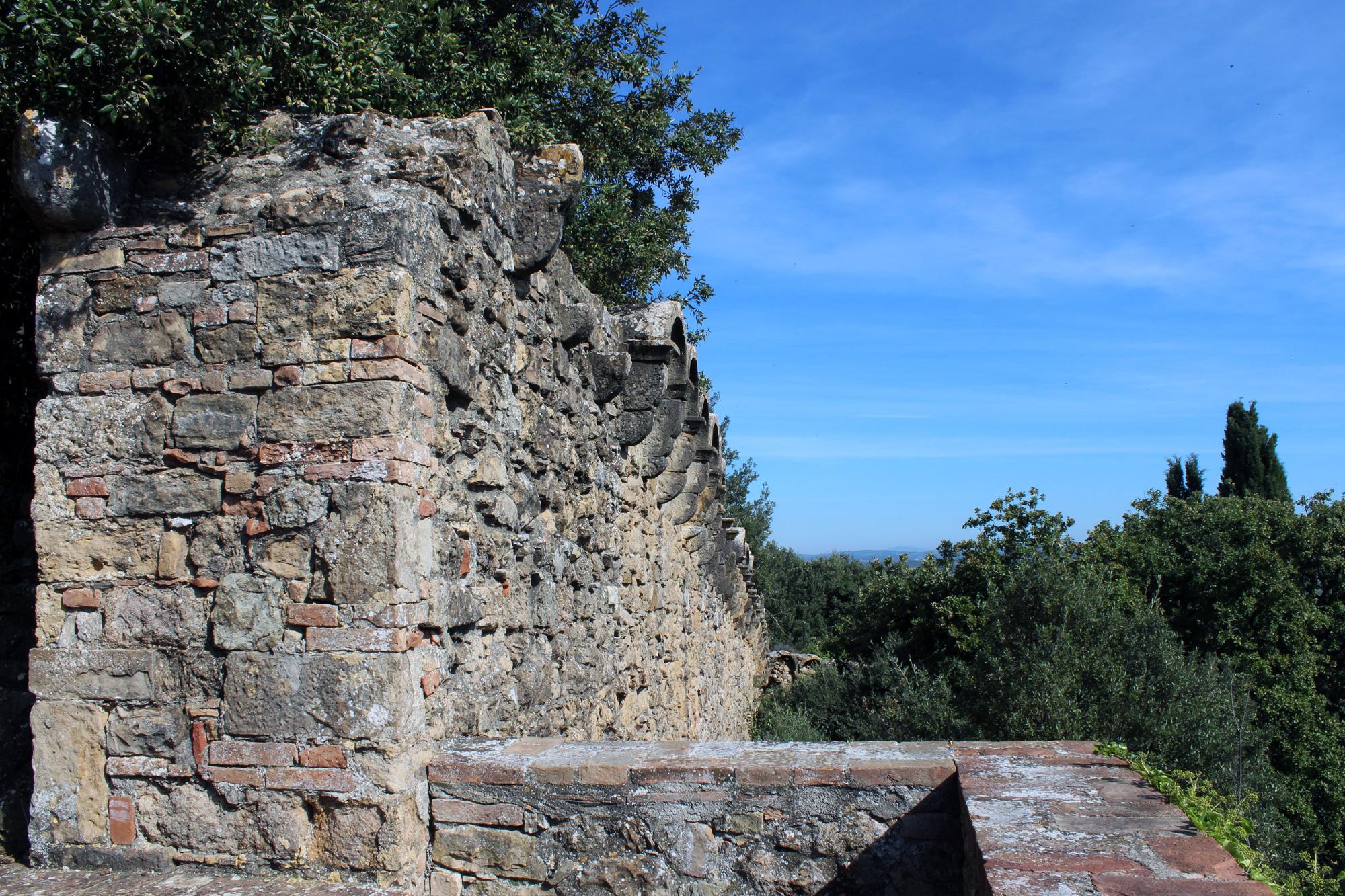
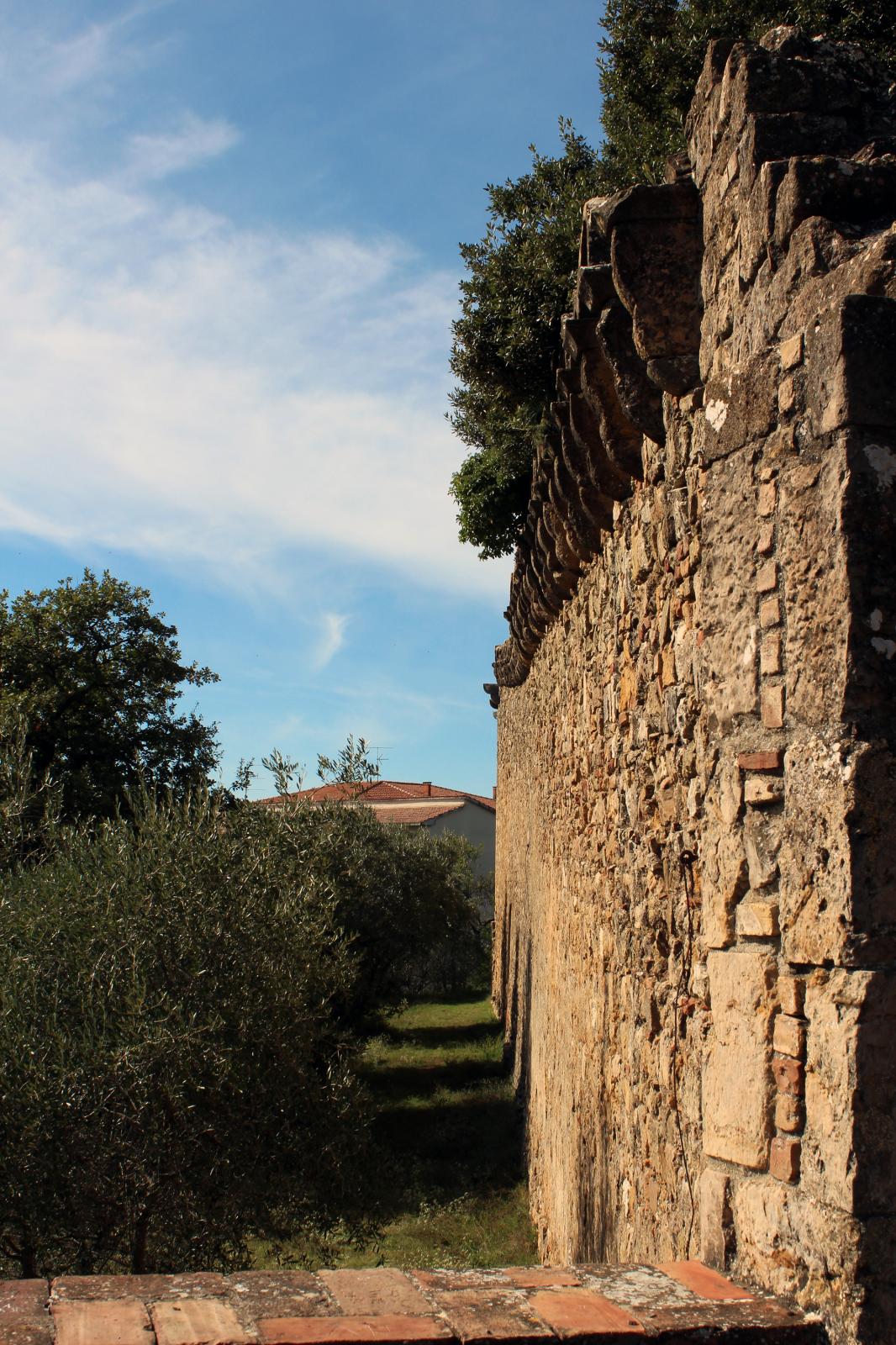
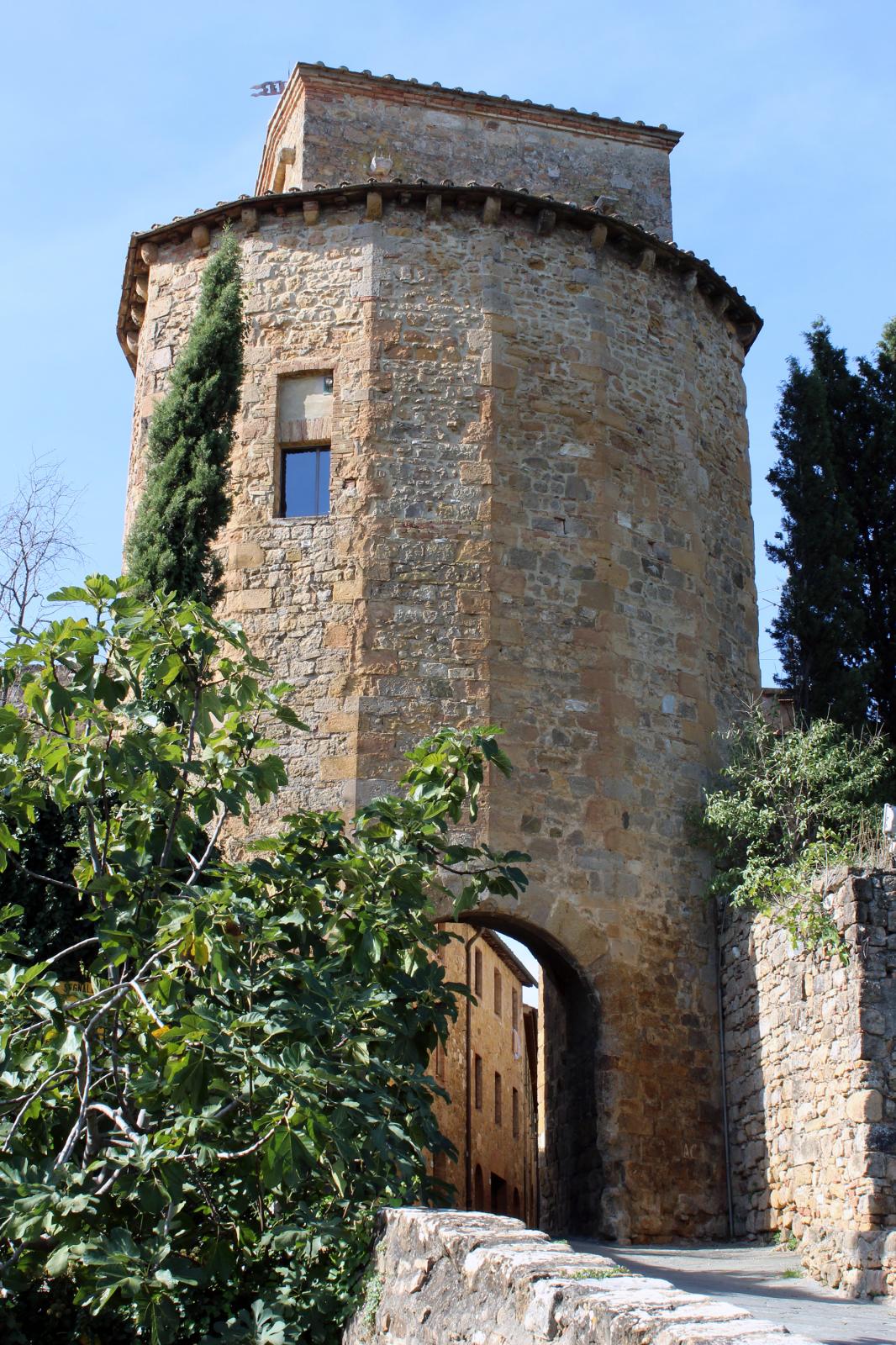
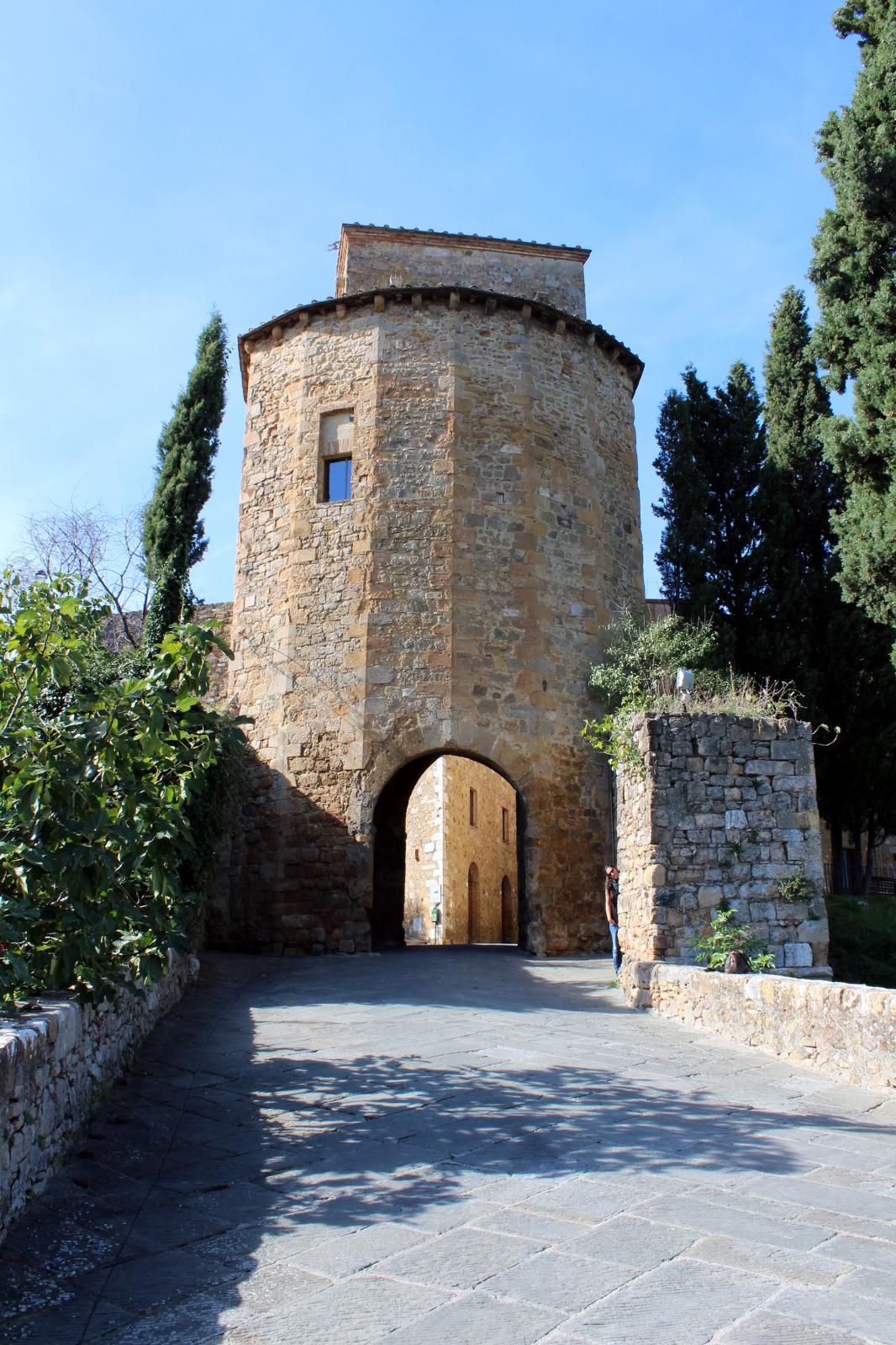
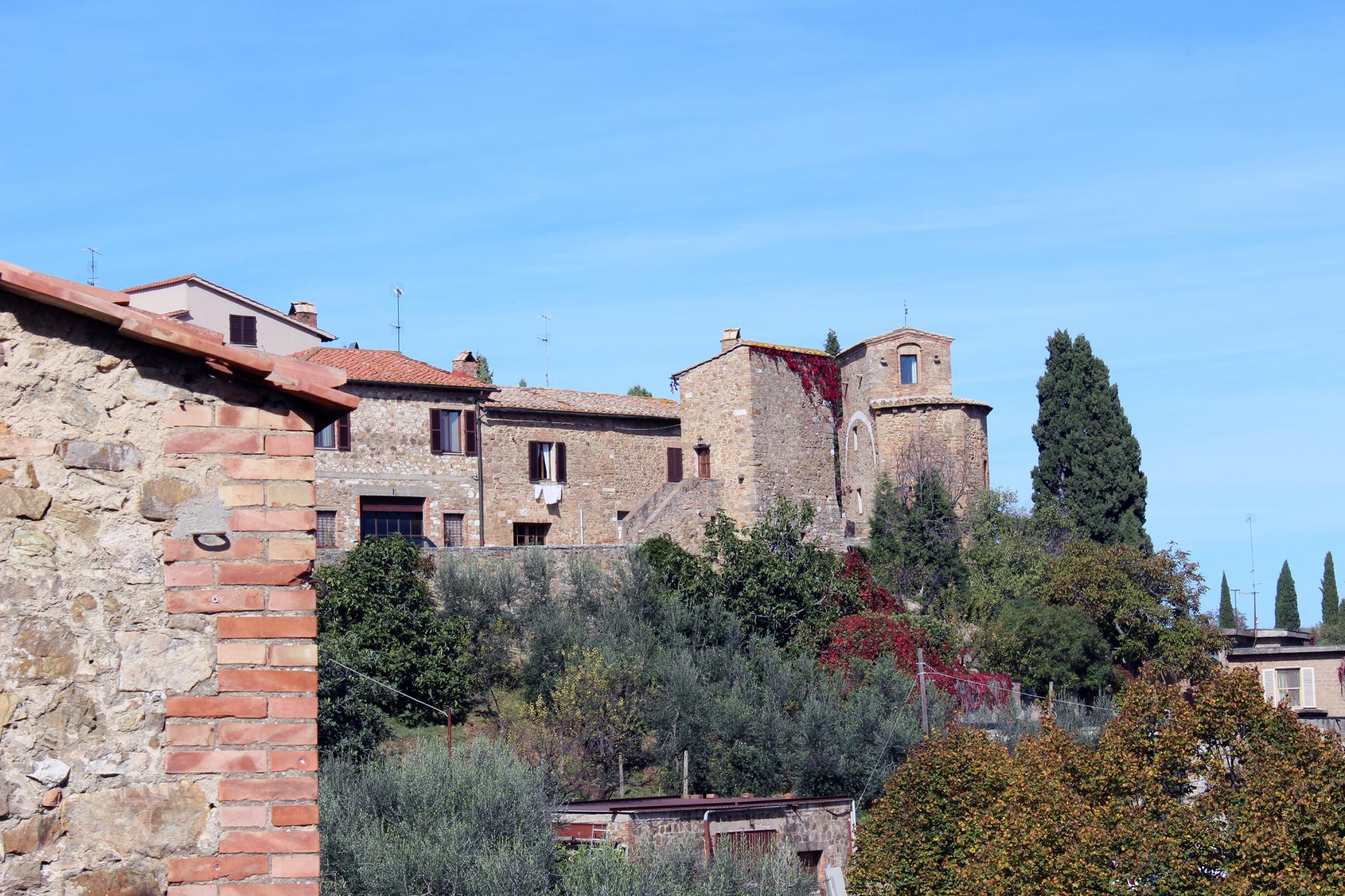

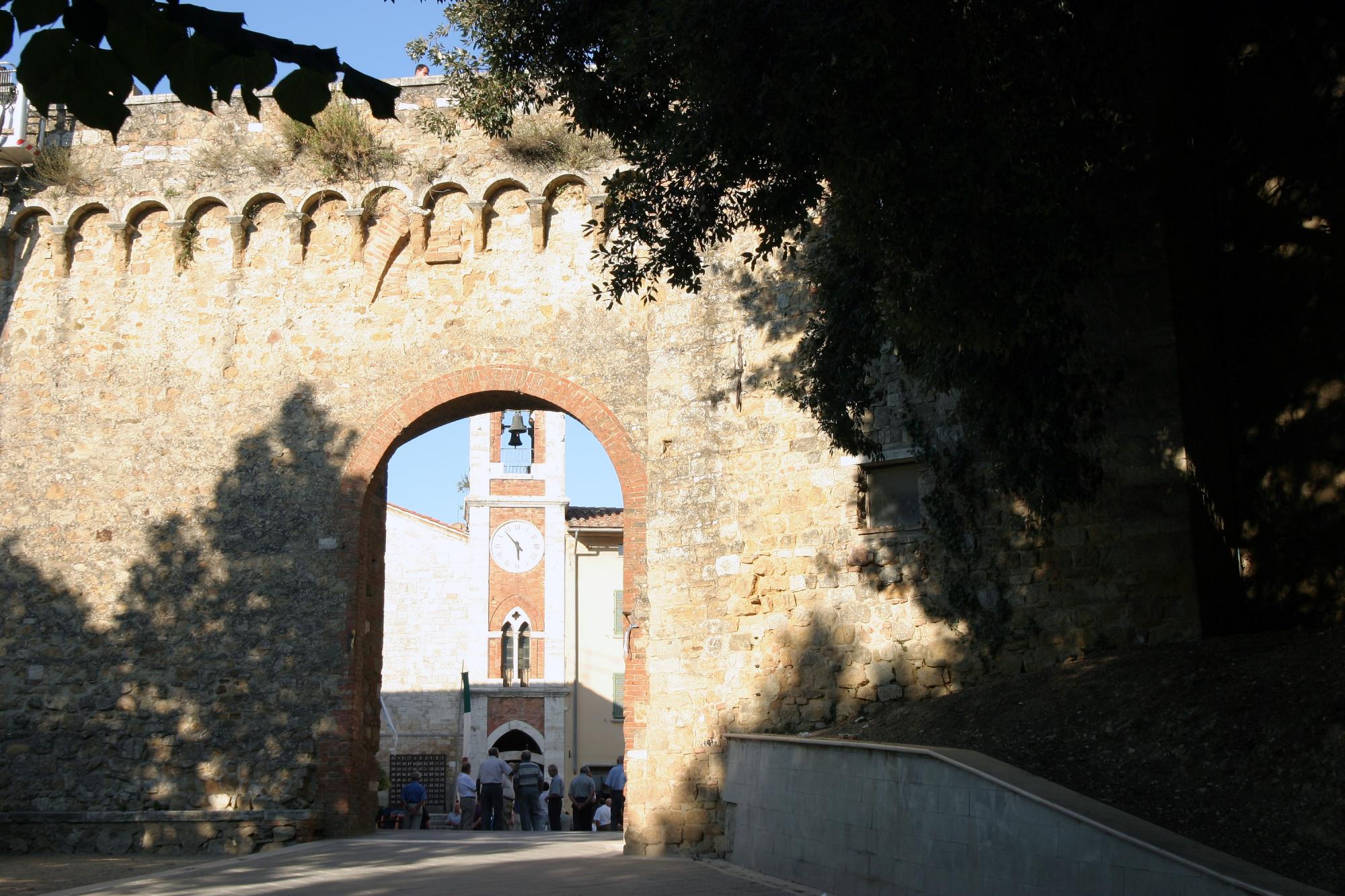
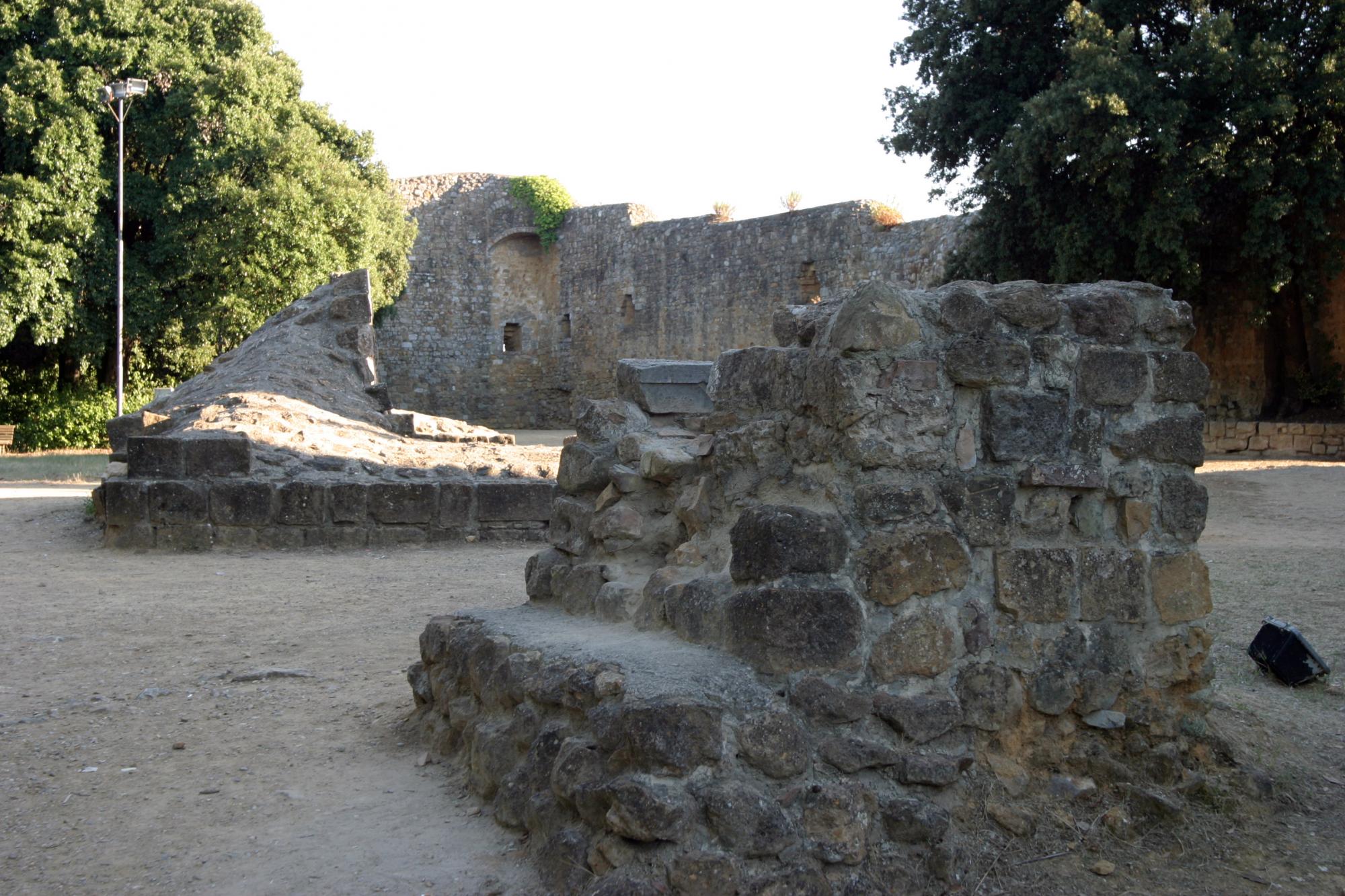
















How to reach
Coming from Florence follow the motorway A1 to Rome, exit at “Bettolle-Val di Chiana” and then follow directions to Torrita, Pienza, S. Quirico and Bagno Vignoni. Or take the motoway Firenze-Siena, exit at 'Siena Sud', follow the signals for Roma (SS.2 Via Cassia).
History
Already inhabited in Etruscan times, San Quirico has been named since year 714 in the controversy between the Bishop of Siena and that of Arezzo for the inclusion of some parish churches placed on the border of their jurisdictions. At that time, San Quirico was called 'di Osenna', from the name of its parish church, to which the 'curtis' (a court, in the feudal context defined as a set of villas and buildings where the Fief stayed and performed his control on the territory) belonged.
Since the 10th century San Quirico d'Orcia has been an important commercial center, thanks to its position at the intersection of two of the main medieval routes such as the Via Francigena - from the Middle Ages to the 19th century, the main route to Rome and the south Italy - and the road that through Montepulciano and Pienza led to Montalcino and then to the Maremma. In 994 Sigerico, Archbishop of Canterbury, mentions San Quirico [Sce Quiric] as one of the main post stations along the Francigena road, a role confirmed in the travel chronicles of the following centuries.
In the 12th century the village was subjected directly to the imperial authority and in 1180 Siena took the control over San Quirico making it one of its strongholds in the southern countryside. The neighboring municipalities of Montepulciano and Orvieto often opposed the Sienese hegemony: in 1234 and 1251 San Quirico suffered severe devastation following which the Sienese authority carried out a work to strengthen of the fortifications. In 1262 the village became the Vicariate seat.
The Francigena skirted the oldest nucleus of the settlement located on the highest part of the ridge, where the ancient keep stood, surrounded by walls, today between the Cappuccini Gate, the church of S.Francesco and the area of the Palazzo Chigi Zondanari.
Later the village developed along the main road axis, with a large number of shops, laboratories and taverns, was also home of a weekly market, thanks also to the granting in 1385 of the exemption from the payment of duties as well as the Sienese citizenship to its inhabitants.
Along the Francigena there was also the 'Grancia' - fortified granary - of the Hospital of Santa Maria della Scala of Siena, with the double function of warehouse for agricultural goods and Spedale (Hospital) for pilgrims. The hospitals became four during the following centuries. During the fifteenth century the village fortifications were rrestored and strengthened.
During the war of Siena San Quirico sided beside the forces hostile to the Sienese Republic, also becoming the logistics base of the Ducal army and definitively joining the Medici state in 1559. In 1667 San Quirico was granted in fief by Cosimo III to Cardinal Chigi, whose family remained in chief until 1749.
All the town's monuments overlook the Via Francigena, then Strada Regia Romana and today Via Dante Alighieri with the Chigi and Libertà squares: from the north, the Collegiate Church, the Palazzo Chigi Zondarari, the Church of San Francesco on the square in front of the Porta Nuova, the Renaissance garden of the Horti Leonini, the already named Grancia and the Rose Garden.
Even today San Quirico is a remarkable example of medieval urban structure. A large part of the fifteenth-century town walls are still intact and well preserved, thanks also to a recent restoration, missing only the north-west portion and a stretch to the south. Some the original 14 towers and turrets are still partially visible, even if incorporated in other structures. The North and South Gates no longer exist: only the New Gate - remodeled several times - and the Cappuccini Gate, the only one left of the three of the first city wall enclosure, are preserved.
The Cappuccini Gate is particularly original: the six-sided central body is crowned by a series of small stone brackets supporting the large gate which opens in a round arch and presents first a barrel covered passage, then a pointed arch followed by an arch lowered under a rectangular tower. It was originally equipped with an advanced barbican, the remains of which can be seen. In the highest part of the Horti Leonini there are the very few remains of the Torre del Cassero (the keep), which was about 39 meters high, almost completely destroyed during the retreat of the Germans troops in 1944.